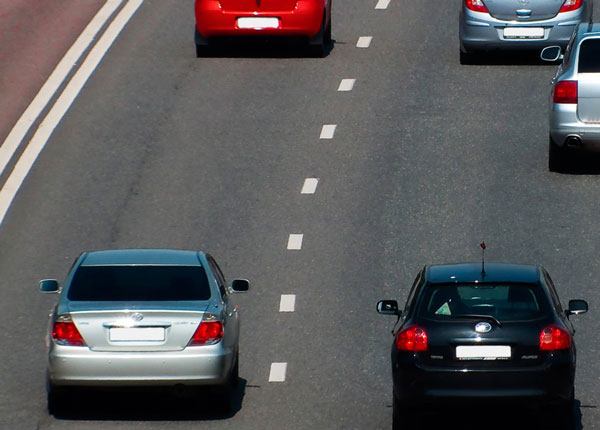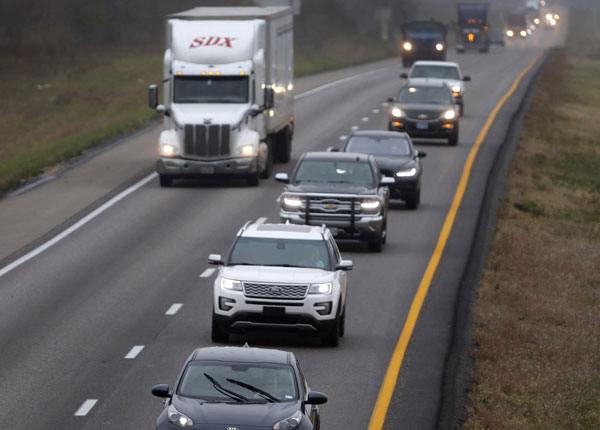
When Passing is Permitted: Is Passing Cars on the Right Always Illegal?
Updated Oct. 20, 2020While on a two-way road with one lane of traffic moving in each direction, motorists may only pass another vehicle by merging left into the opposing lane of traffic. When there are multiple lanes of traffic moving in the same direction, passing is less problematic but can still be risky. In an ideal world, drivers would only pass other vehicles when absolutely necessary.
Keep in mind that there are many circumstances in which passing on a two-way road by merging into the left-hand lane is not permitted. Do not attempt to pass another vehicle by moving left of the centerline when:
- 1

Oncoming traffic in the left-hand lane is too close for you to pass safely.
- 2

Curves, hills or obstacles prevent you from seeing oncoming traffic.
- 3

You are approaching a bridge, tunnel or place where the roadway narrows.
- 4

There are “NO PASSING ZONE” signs posted on the roadway.
- 5

There is a solid yellow center line on your side of the road.
Drivers should not cross the center line to pass other vehicles if there is more than one lane of traffic on their side of the roadway. If passing is necessary in this situation, you should execute the maneuver by changing lanes on your side of the road, as it is far safer than merging into oncoming traffic. Under no circumstances should you exceed the speed limit or drive onto an unpaved shoulder to pass another vehicle.
Passing at intersections and railroad crossings
Drivers must not pass within 100 feet of a railroad crossing or intersection. The precise distance at which passing is prohibited may differ in your state, so check your driver manual for local information. If no distance is stated, sticking to the “not within 100 feet” rule is advisable.
Keep in mind that passing near railroad crossings and intersections is prohibited, even if the vehicle you are passing appears to be stopped for no reason. At an intersection, it may be that the vehicle ahead of you has stopped at a pedestrian crossing for somebody waiting to cross the road. If you attempt to drive around them, you may injure or kill a pedestrian.
When a vehicle is stopped ahead of you at a railroad crossing, it is probably because a train is coming or because the law states that they must stop (as is the case with school buses, hazardous material trucks and other large vehicles). Do not attempt to pass in this situation, as it is dangerous and illegal.
Is passing on the right illegal?
Passing on the right is more dangerous than passing on the left, as the driver you are passing may not anticipate the maneuver and it may require acceleration in a slower lane of traffic. In most states, passing another vehicle on the right is prohibited except under certain conditions. For example, drivers may pass on the right:
- 1

If the motorist in front of them has indicated with lights or hand signals that they are about to turn left.
- 2

If the vehicle ahead of you is disabled, slowing or stopping and the shoulder on the right side of the street is paved.
- 3

When traveling on a one-way street that is wide enough to safely accommodate the pass.
- 4

On a roadway that is wide enough to accommodate two or more rows of traffic moving in the same direction and is free from obstructions, such as parked vehicles.
These rules apply across most of the United States, though there may be some exceptions or additional situations in which passing on the right is permitted. Find out what the rules are in your area by checking out your driver’s handbook.




